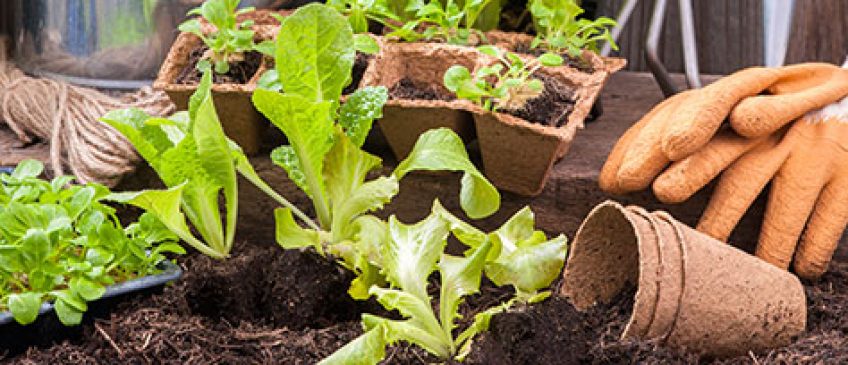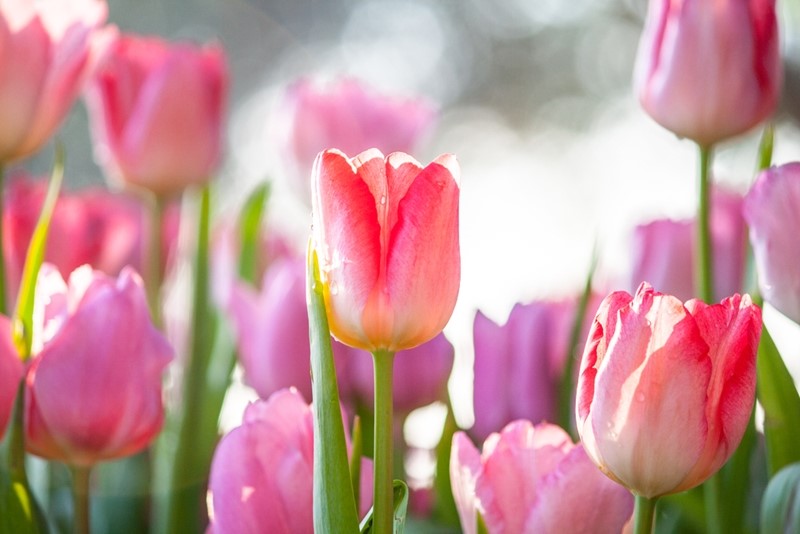Whether you’re a seasoned gardening veteran or you’re curious about what it takes to preserve a lovely group of flowers or plants, there are plenty of things to learn when it comes to maintaining a healthy garden and keeping it as gorgeous as possible. While preparing the soil and adequate sun and water exposure are obviously crucial for sustaining the life of your plants, there are many other factors to consider that can increase the strength and resilience of your garden’s inhabitants. Here are a few tips for maintaining a healthy garden:
Preparing your soil
The better the soil, the better your plants will look and feel. Preparing your soil before you plant new seeds will make them bloom beautifully, so there are a few tasks you’ll need to perform before putting in your new plants. Begin by loosening the soil a bit, using a shovel to break up dirt clumps at least a few inches deep. If your soil is filled with clay or is rather rocky, it will not provide a healthy environment for your plant. You should also spread some organic matter in your soil, with the layer being at least a couple inches thick and spread around the dirt. After a solid raking session your soil should be ready to host new plants and flowers.
Best time to plant?
The spring season is one of the more ideal times to begin planting new seeds in your garden. This is because while the weather is still nice enough to spend time outdoors, fairly frequent rain showers help plants grow and thrive. Of course, each month allows for a better time to plant a different type of flower or herb. According to Urban Farmer, the first three months in the year are the best time to plant fruits and vegetables, such as tomatoes, peppers or carrots. Late summer and early fall are better times to plant flower bulbs and herbs.
Follow directions
Failing to follow directions is one of the most common mistakes new gardeners make. The instructions on the seed packages will never steer you wrong, particularly when it comes to understanding what type of climate each particular plant or vegetable thrives in. In addition, only plant the seeds as deep as necessary. Most prepackaged flower seeds only need a hole in the soil that’s 2-3 inches deep and wide. However, fruit, such as tomatoes, will need a deeper hole, as the majority of the plant will remain underground.
Inspect frequently
Just because your soil is prepared and your seeds are well watered doesn’t mean other environmental factors won’t disrupt the growth of your plants. Always be on the lookout for weeds. These pesky plants will take away water and nutrients from your flowers or vegetables. Removing them means making sure all of their roots have been eliminated. Bugs can also be a problem, especially beetles or other types of larvae, so always keep an eye out for these intruders and use pesticides if necessary. It’s also important to monitor the weather. If there hasn’t been any rainfall in the past week, try watering them in the morning so they can dry off before an evening dew provides them with more moisture.


